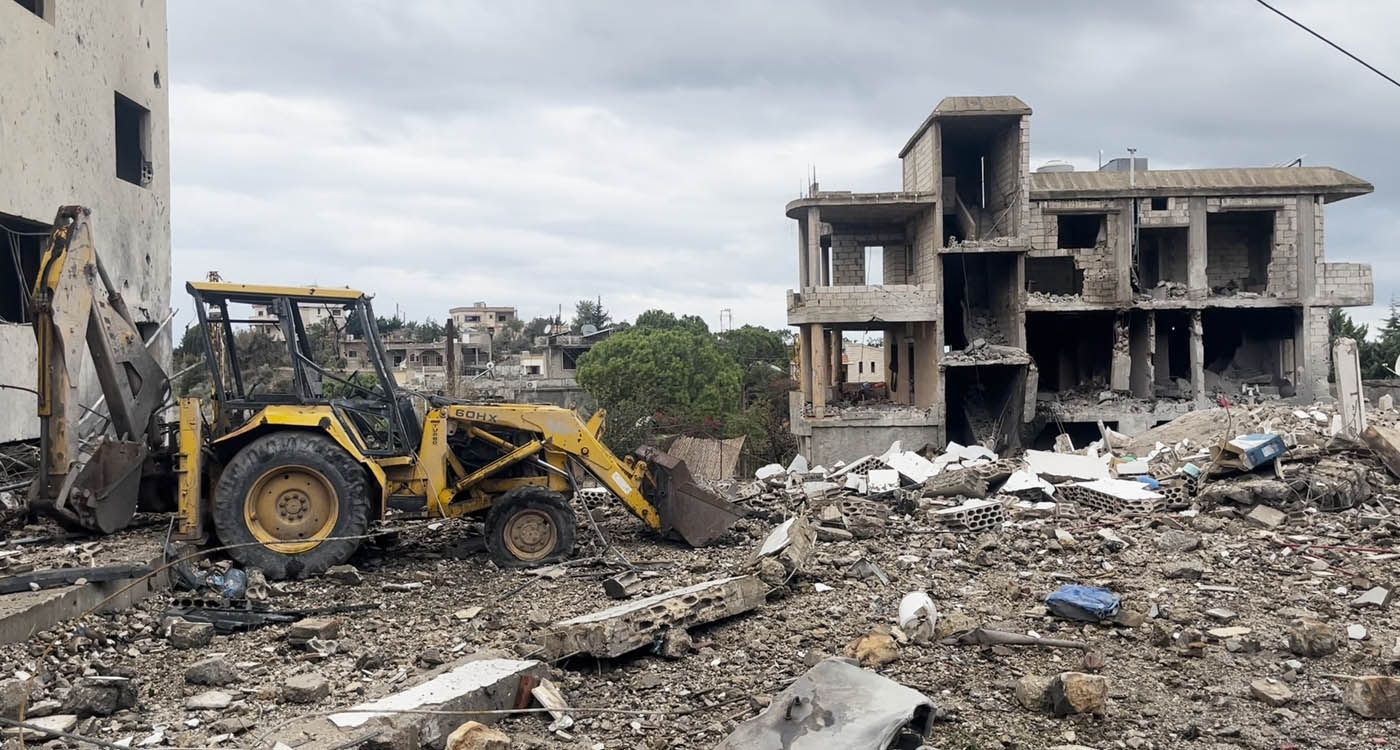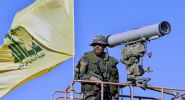
The end of hostilities between Hezbollah and Israel raises a critical question for the Lebanese: who will bear the financial responsibility for rebuilding the villages and cities devastated by the conflict? In a country already mired in an unprecedented economic and political crisis, options are both limited and complex. Several actors could potentially play a role, but each faces significant obstacles.
Currently, the scale of the destruction is estimated at around $3.4 billion (according to a World Bank report dated November 14). Combined with the economic losses caused by the conflict – amounting to approximately $5.1 billion (per the same report) – the total cost of material damages and losses is estimated at $8.5 billion. Recent reports estimate that approximately 110,000 residential units have been damaged – 50,000 completely destroyed and 60,000 partially damaged.
After the 2006 war, and despite sustained reconstruction efforts supported by the international community, Lebanon needed several years to recover, even though the losses were comparatively less severe. In 2024, the level of destruction surpasses that of 2006, primarily due to the duration of the conflict and the intensity of Israeli strikes.
Who is responsible today? Who will undertake the reconstruction of the country?
Hezbollah: reconstruction under pressure?
According to a source, Hezbollah has reportedly asked residents of Beirut’s southern suburbs – heavily affected by the devastation – to document the material damage to their movable and immovable property while awaiting the launch of damage assessment mechanisms and repair work. The source also claims that Hezbollah has planned for most residential buildings to regain access to water and electricity within a few days. For residents whose apartments have been destroyed or are uninhabitable, information regarding temporary relocation will be communicated.
Historically, after the 2006 conflict with Israel, Hezbollah primarily took charge of rebuilding many devastated areas, leveraging financial support from Iran and its social and financial networks, including al-Qard al-Hassan, a key financial institution of Hezbollah, and Jihad al-Bina, a construction and development organization affiliated with the pro-Iranian group.
Today, this scenario seems less feasible. Firstly, the militia’s banking branches have been targeted by Israeli strikes since the intensification of attacks in September, destroying multiple cash reserves. Secondly, Iran, Hezbollah’s main sponsor, is grappling with international economic sanctions that limit its capacity to substantially fund its regional allies. While clandestine financial transfers may persist, their scale is likely to be limited, hindering Hezbollah’s ability to play as decisive a role as in 2006. Iranian aid could also take the form of construction materials or technical expertise, but such efforts may face challenges due to embargoes restricting imports to Lebanon and Iran’s logistical limitations.
The Lebanese government: paralyzed by a multidimensional crisis
Drawn into a war it did not seek, can Lebanon take on this responsibility? Former MP Ali Darwiche, an ally of caretaker Prime Minister Najib Mikati, reportedly proposed drafting a roadmap within a week. This roadmap would identify commissions responsible for documenting damages and compensation funds, as well as clarify whether the South Lebanon Council and the Higher Relief Council would be involved in the effort.
However, given Lebanon’s current state, it is unclear how the country could undertake such an initiative. Lebanon faces an unprecedented multidimensional crisis, with a currency devalued by over 90%, public debt exceeding 150% of GDP, and bankrupt public services. Furthermore, the lack of structural reforms and the ongoing political crisis prevent Lebanon from receiving significant international aid. Donors, including the International Monetary Fund (IMF) and other countries, have tied their support to reforms that Lebanon’s fragmented political system struggles to implement.
The role of the international community: an uncertain support
In other contexts, the international community might have played a crucial role in reconstruction. However, support for Lebanon is currently limited by several factors. Endemic corruption, coupled with persistent tensions between Hezbollah and Israel – even post-ceasefire – makes donors hesitant to commit to long-term investments.
In summary
The reconstruction of Lebanon’s devastated cities and villages faces numerous financial and political hurdles. While Hezbollah may attempt to maintain its role as protector of the Shiite population, its capabilities are constrained by weakened financial infrastructure and Iran’s challenges. The Lebanese government is nearly paralyzed, and international support remains contingent on reforms that are unlikely in the short term.
This context suggests an uncertain future in which the Lebanese people may have to rely on fragmented efforts and partial reconstruction due to the lack of a coordinated plan and sufficient resources.




Comments